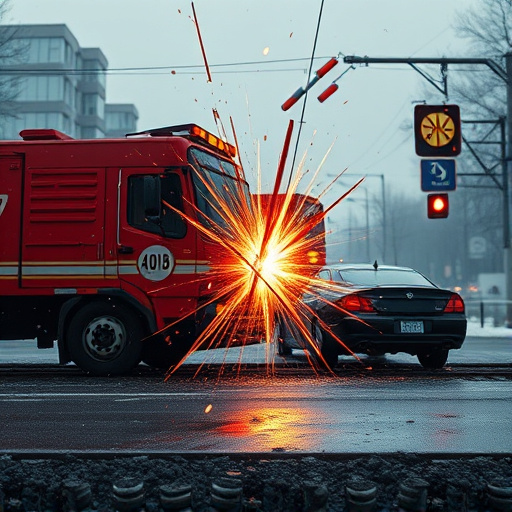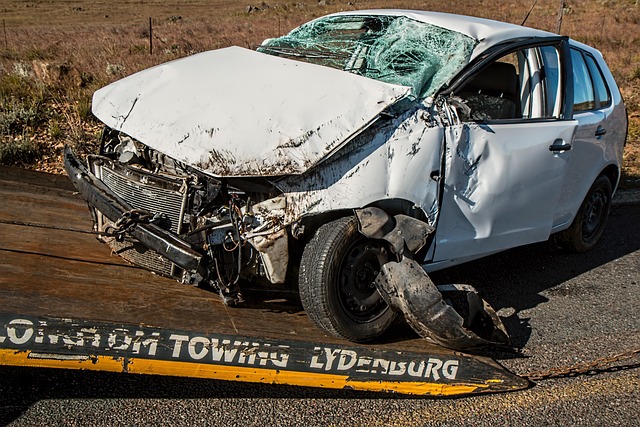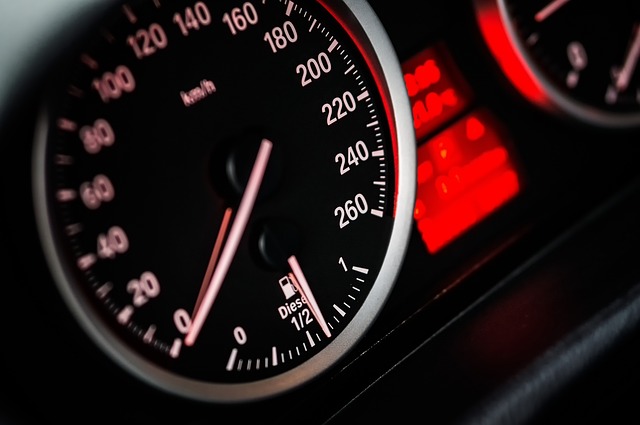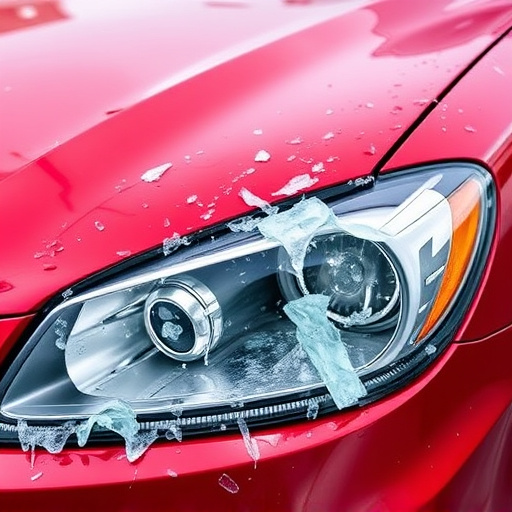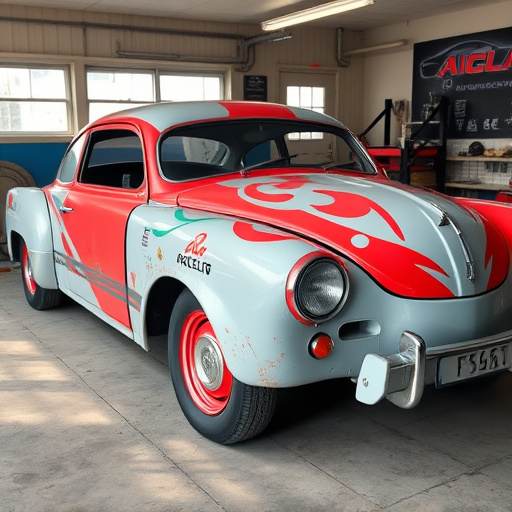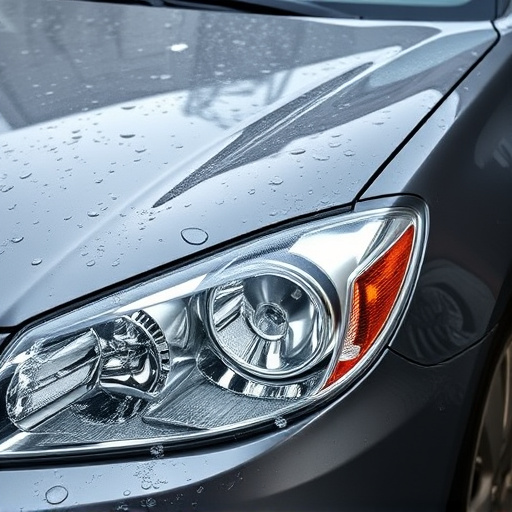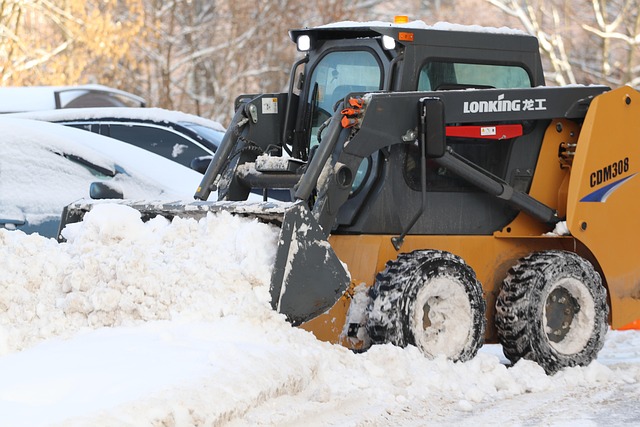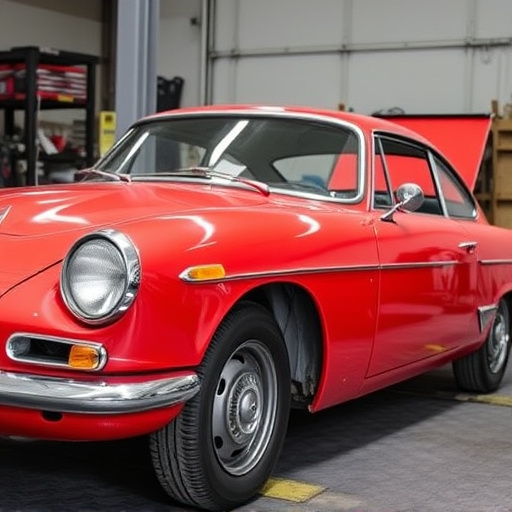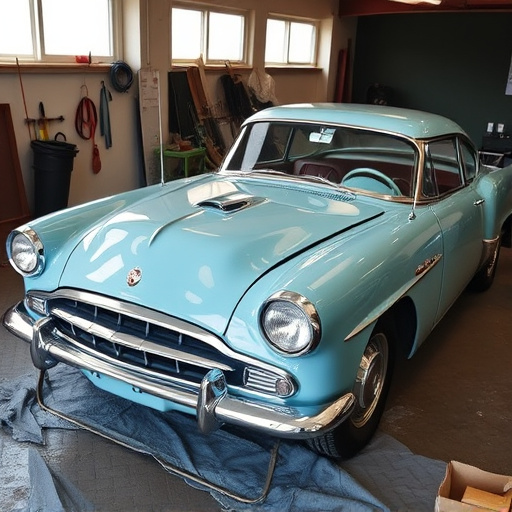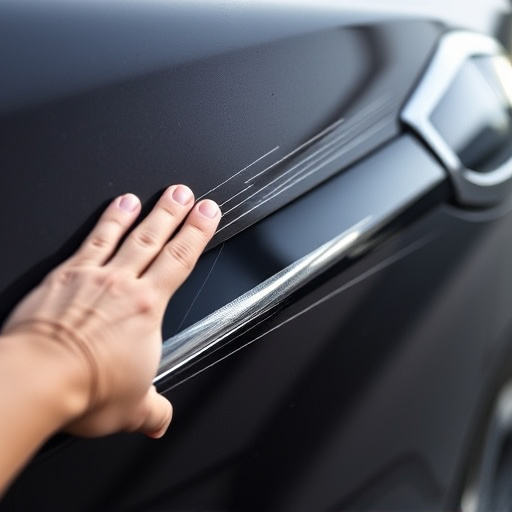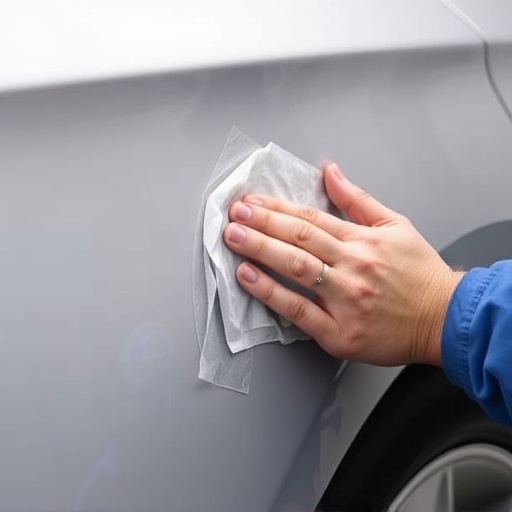Before car collision repair, conduct a thorough assessment of damage and safety concerns, including structural integrity checks. Understand part quality and adherence to industry best practices for restoration to pre-accident condition. Verify insurance coverage and obtain detailed cost estimates from trusted facilities to ensure fairness and budget alignment.
Before settling for any car collision repair, ask these critical questions. First, assess the damage and ensure your vehicle’s safety before repairs. Understand the repair process and inquire about parts quality to guarantee durability. Verify insurance coverage and get detailed cost estimates to avoid unexpected bills. These steps are essential for ensuring a seamless, cost-effective, and high-quality car collision repair experience.
- Assess Damage and Safety Before Repair
- Understand Repair Process and Parts Quality
- Verify Insurance Coverage and Cost Estimates
Assess Damage and Safety Before Repair
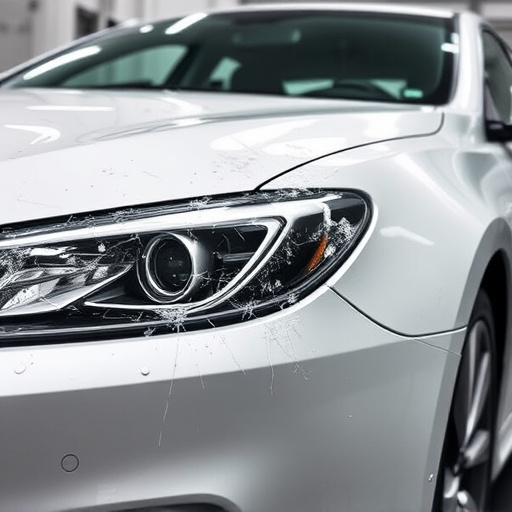
Before any car collision repair begins, it’s crucial to thoroughly assess both the damage and safety concerns. First, inspect your vehicle for visible dents, cracks, or other physical alterations caused by the collision. This step is vital as it helps in determining the extent of the damage and whether it requires simple dent repair or more complex auto painting services.
Additionally, ensure that the car’s structural integrity is not compromised. Check for issues like loose parts, damaged suspension systems, or any mechanical failures that could pose safety risks. Only proceed with collision repair after addressing these critical aspects, ensuring both the vehicle’s condition and your safety are optimized for the restoration process.
Understand Repair Process and Parts Quality
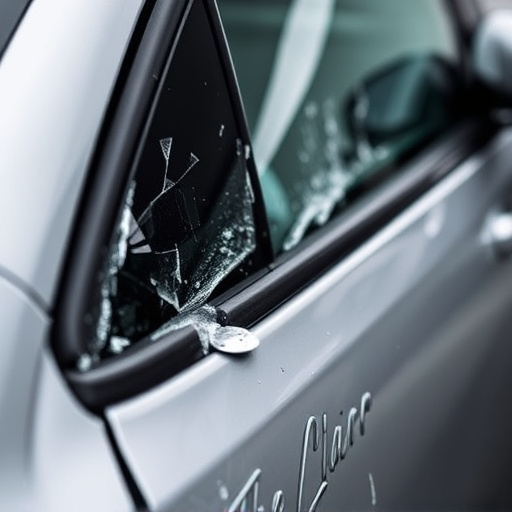
Before agreeing to any car collision repair, it’s crucial to understand the entire process from start to finish. This includes knowing exactly what parts will be replaced and their quality. Ask your mechanic or auto body repair shop for detailed information on the repairs needed, the types of parts they use, and whether they offer original equipment manufacturer (OEM) parts or aftermarket alternatives. Understanding these aspects ensures that your vehicle not only returns to its pre-accident condition but also maintains its safety standards and resale value.
Inquiring about the quality of auto body repairs is essential for vehicle restoration. High-quality parts can make a significant difference in the longevity and performance of your car after the collision repair process. It’s vital to ensure that the shop uses trusted suppliers and follows industry best practices to guarantee the integrity of every component replaced, thereby securing your peace of mind and safety on the road.
Verify Insurance Coverage and Cost Estimates

Before diving into any car collision repair process, it’s crucial to verify your insurance coverage and obtain detailed cost estimates from trusted sources. Understanding your policy limits and deductibles is essential to managing repair costs effectively. Many insurance providers offer a clear breakdown of what’s covered under comprehensive or collision provisions, which can help guide your discussions with potential collision repair centers.
When exploring options for car collision repair, seeking quotes from reputable facilities offering services like dent repair and car paint services is wise. These estimates should be itemized, outlining labor, parts, and any additional fees. Comparing these quotes not only ensures you’re getting a fair price but also helps in identifying potential out-of-pocket expenses. This proactive approach allows for informed decisions, ensuring your vehicle’s restoration aligns with both your budget and insurance guidelines.
Before embarking on any car collision repair, it’s crucial to ask pertinent questions that ensure a safe, quality, and cost-effective outcome. Assess the damage and prioritize safety, understand the repair process and the parts used, and verify insurance coverage and cost estimates. By doing so, you’ll be better equipped to navigate the complexities of car collision repair, fostering a smoother and more satisfying experience.
